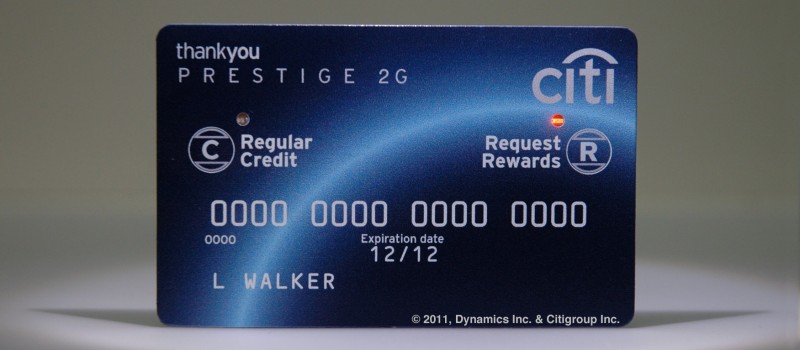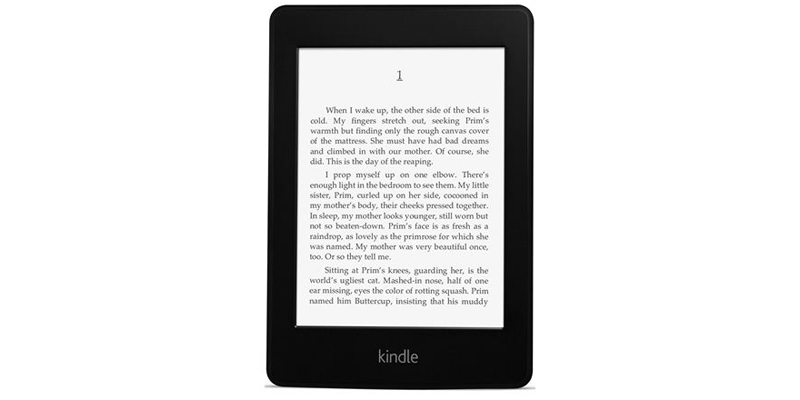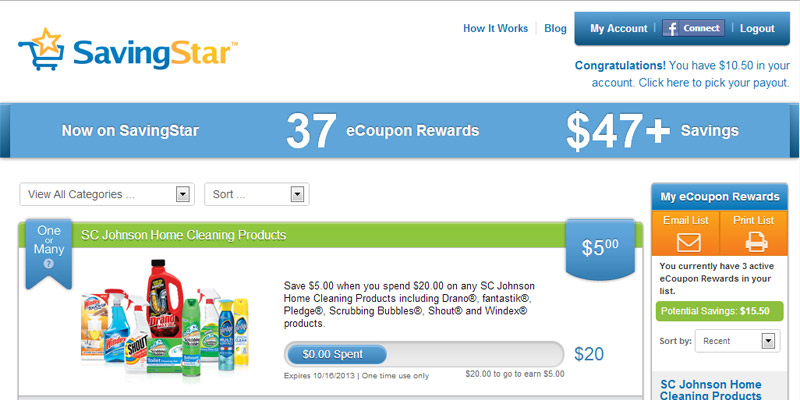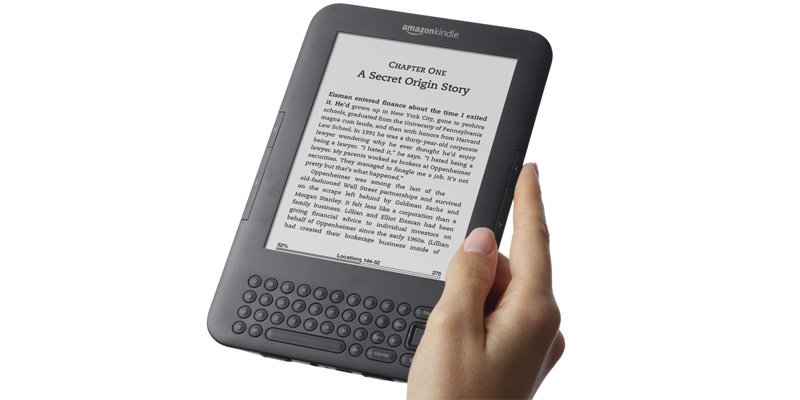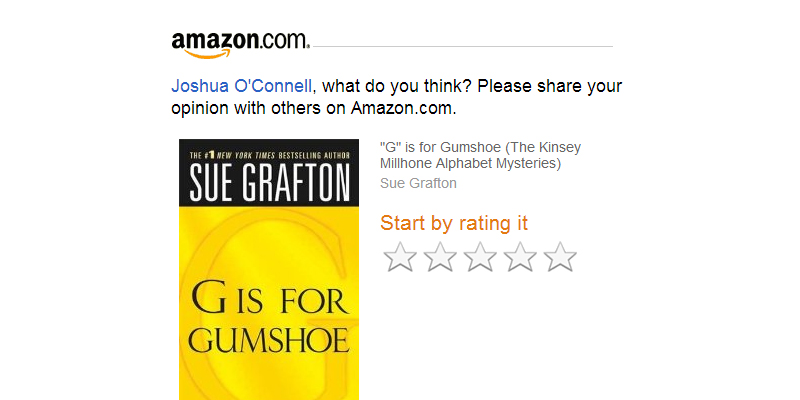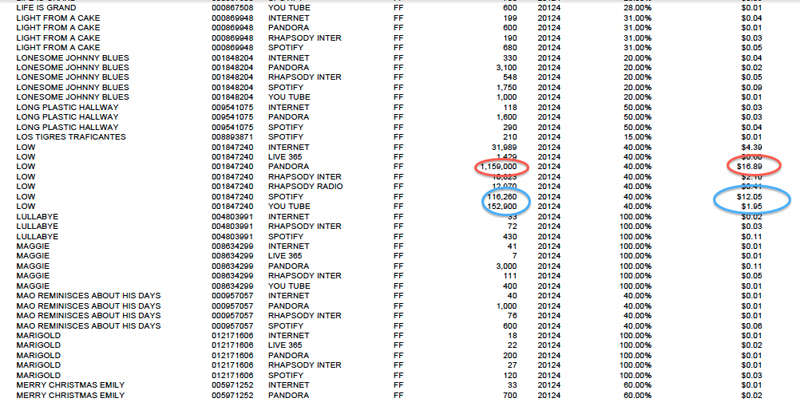
I was a bit intrigued by a post at the A.V. Club about how much an artist was paid for his song being streamed at services like Spotify. The article’s big splash was that, despite a million plays and then some, Cracker’s lead singer was only paid $16.89 by Spotify for those plays. The article then compared the amount to other services:
Terrestrial radio earned Lowery more than $1,000 for about 19,000 plays. Sirius XM paid him about $180 for 179 plays, technically making it the most profitable. Spotify and YouTube were more on par with Pandora, doling out $12.05 for 116,000 plays and $1.95 for 153,000 plays, respectively.
Initially I was as shocked as the majority of people in the comments section, but then it hit me: Isn’t a play on radio or Sirius XM a boatload more exposure than on Spotify? Some quick math approximates a penny for every thousand listeners on Spotify; by comparison, radio’s paying 5 cents per play… does the average play on radio net roughly 5,000 listeners? That seems reasonable enough. Sirius XM was close to a dollar per play, which would mean 100,000 listeners would need to be listening to be comparable. Now that definitely seems like more of a stretch, but it’s a national service, so there’d assumedly be more listeners than on a radio station, so it’s hard to compare.
It’s certainly something to be sympathetic about, particularly when the argument can be made that services like Spotify are a replacement for purchases for a growing segment of the population. (Of course, the record companies are only hurting themselves by changing purchases in the physical era, complete with resale rights, to non-transferable licenses in the digital era.) But to compare amount paid per play alone is a bit simplistic, and in many cases, services like Pandora, which act as a discovery mechanism, can lead to incremental sales – I know I’ve bought songs that I tripped across because Pandora recommended it. Spotify’s more shaky, but if Spotify encourages more consumption, is it a bad thing? And further, given the way things were going a decade ago, where Napster was invading college campuses and students were building libraries of music for free, isn’t having Spotify as an option for those people better than nothing at all?
This isn’t to say the rate is fair; it’s never really been all that fair for artists, and the switch from mass market to individualized control causes segmentation and splintering. But a broad comparison rarely tells the whole story.
